Dell’s XPS series of laptops may not blow you away at first glance, but the rock-solid performance and impressive feature set make them worth a second look. Following the return of the 17-inch model in 2020, Dell has you covered no matter what size laptop you are in the market for.
Each of the XPS models features stunning bezeless displays with resolution options up to 4K that make them a perfect fit for a wide range of tasks whether you are looking for pure productivity or are looking for a creator-friendly option. If you favor a touchscreen, all three offer that option as well, truly this family of laptops can fit just about anyone.
While there is a lot of shared DNA between these three laptops, there are pros and cons to each one that will make them slightly more suited to different users. Here’s a closer look at what each XPS laptop — the XPS 13, XPS 15 and XPS 17 — has to offer so you can determine which XPS laptop is right for you.
| Dell XPS 13 (2021) | Dell XPS 15 OLED (2021) | Dell XPS 17 (2021) | |
| Starting Price | $949 | $1,299 | $1,499 |
| Display | 13.4-inch 1920 x 1200 (non-touch); 13.4-inch 1920 x 1200 (touch); 13.4-inch 3840 x 2400 (touch) | 15.6-inch 1920 x 1200 (non-touch); 15.6-inch 3840 x 2400 (touch) | 17-inch 1920 x 1200 (non-touch); 17-inch 3840 x 2400 (touch) |
| CPUs | 11th-Gen Intel Core i5 or i7 Tiger Lake | 11th-Gen Intel Core i5, i7, i9 | 11th-Gen Intel Core i5, i7, i9 Comet Lake |
| Battery Life | 7:32 (tested 4K) | 8:01 (tested 4K) | 20 hours (rated) |
| Graphics | Intel Iris Xe | Intel UHD or Nvidia GeForce GTX 1650 Ti Max-Q | Intel UHD, Nvidia GeForce GTX 1650 Ti Max-Q or RTX 2060 |
| Storage | 256GB, 512GB, or 1TB SSD | 256GB, 512GB, 1TB, or 2TB SSD | 256GB, 512GB, 1TB, or 2TB SSD |
| RAM | 8GB or 16GB 4267Mhz LPDDR4x | 8GB, 16GB, 32GB, 64GB 2933MHz DDR4 | 8GB, 16GB, 32GB, 64GB 2933MHz DDR4 |
| Weight (pounds) | 2.8 pounds | 4 (non-touch); 4.5 (touch) | 4.65 (non-touch); 5.53 (touch) |
| Dimensions | 11.6 x 7.8 x 0.6-inches | 13.6 x 9.1 x 0.71-inches | 14.7 x 9.8 x 0.8-inches |
| Colors | Platinum Silver or Frost White | Platinum Silver | Platinum Silver |
As the junior member of the XPS lineup, the Dell XPS 13 is by far the most portable, at just 2.8 pounds (for the non-touch version), it is one of the smallest ultraportables on the market. While the 4K model that we tested only managed 7 hours and 32 minutes, drop the 4K and you can easily push beyond 10 hours.
Turning to performance, the XPS 13 isn’t going to hold up to its larger siblings due to its lack of a discrete GPU option, but the Intel 11th-Gen Tiger Lake processor and Iris Xe graphics are sufficient for most users’ needs.
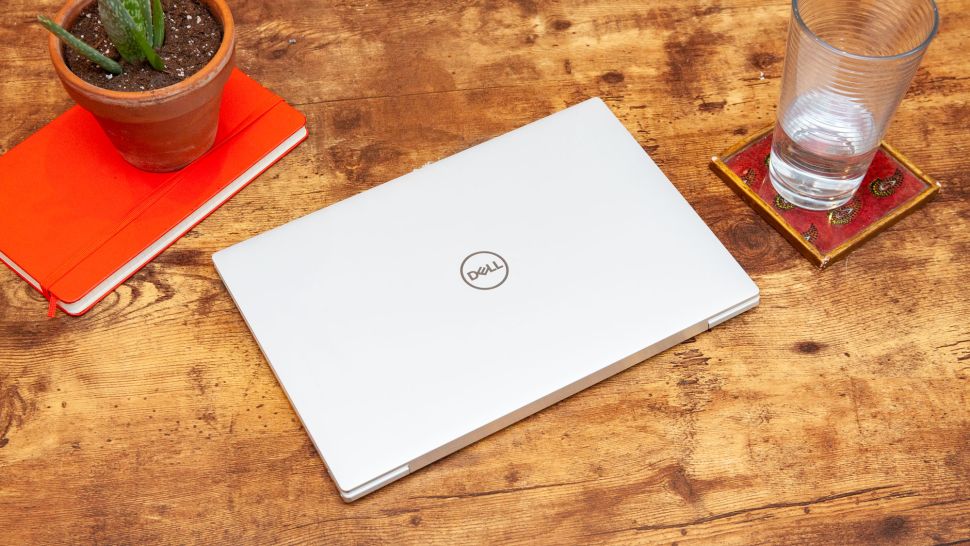
While it has an unquestionably subtle design, the XPS 13 manages to stand out in its Frost White color scheme, and the keyboard and touchpad are expansive and responsive. The minimal port configuration is a slight disappointment, but at least both ports give you the full power of Thunderbolt 3.
Pros: The Dell XPS 13 has enough power for most users in an impressively small package all while delivering better battery life than many of its competitors. The laptop has a beautiful and vibrant display, even in the FHD+ model, and the bezeless design will keep this laptop looking cutting edge for years to come.
Cons: The lack of ports will mean buying a USB Type-C hub for some users. Finally, while the 4K and touchscreen options are nice, they have some heavy tradeoffs in terms of battery life and weight, respectively.
Read our full Dell XPS 13 4K (2021) review
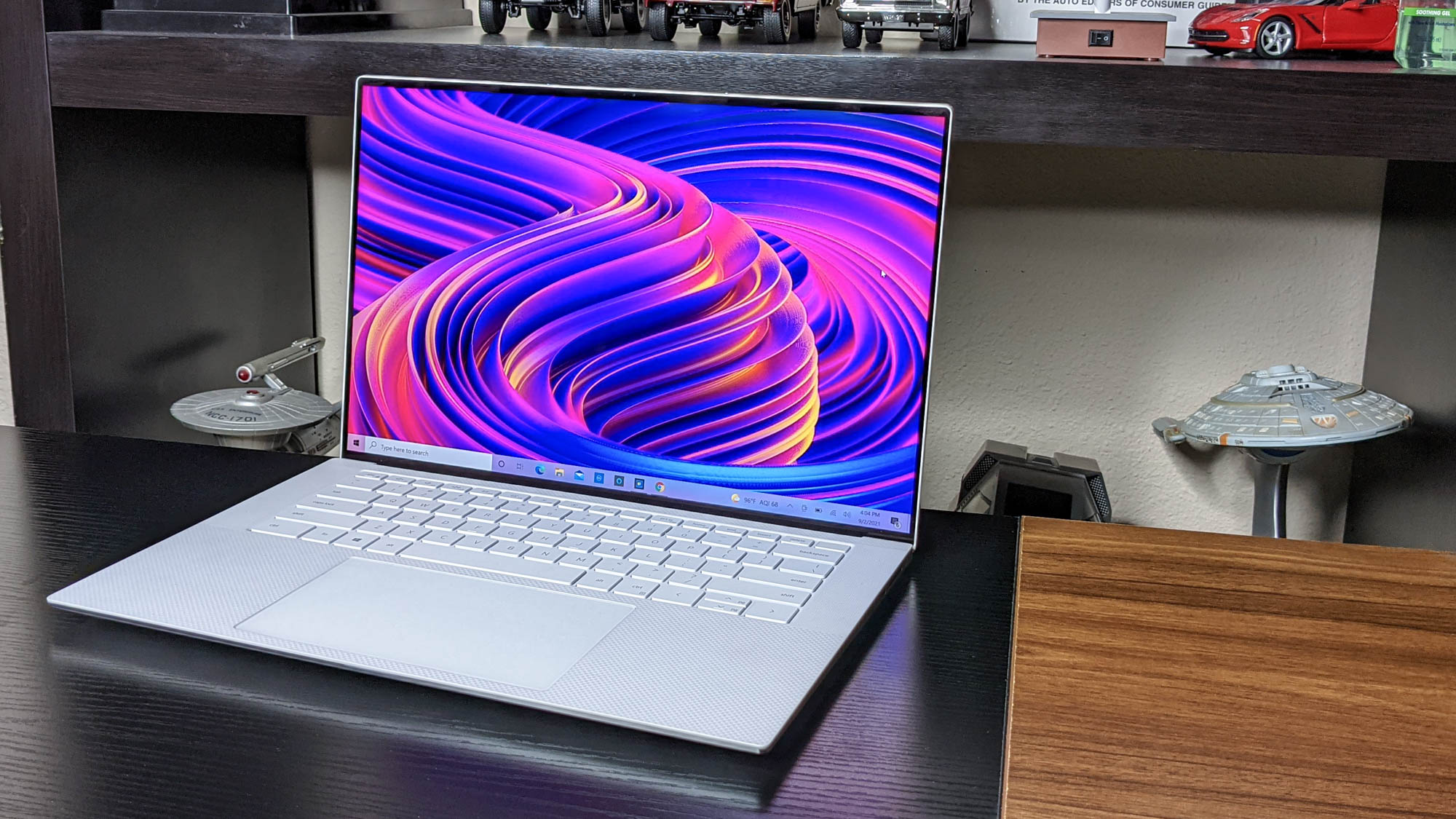
The XPS 15 OLED is the best Windows laptop for power users who need to take their work (or play) on the road. Its attractive design screams luxe, the OLED display is stunning, and the oversized touchpad would impress even a MacBook user. Combine those XPS staples with excellent performance from 11th Gen Intel and Nvidia RTX 3050 Ti chips and it’s easy to recommend this machine to students, business users or content creators, like photographers, videographers or graphics designers.
Most users should skip the OLED display and opt for the standard 1920 x 1200-pixel display, which is still excellent and will add hours to your battery life.
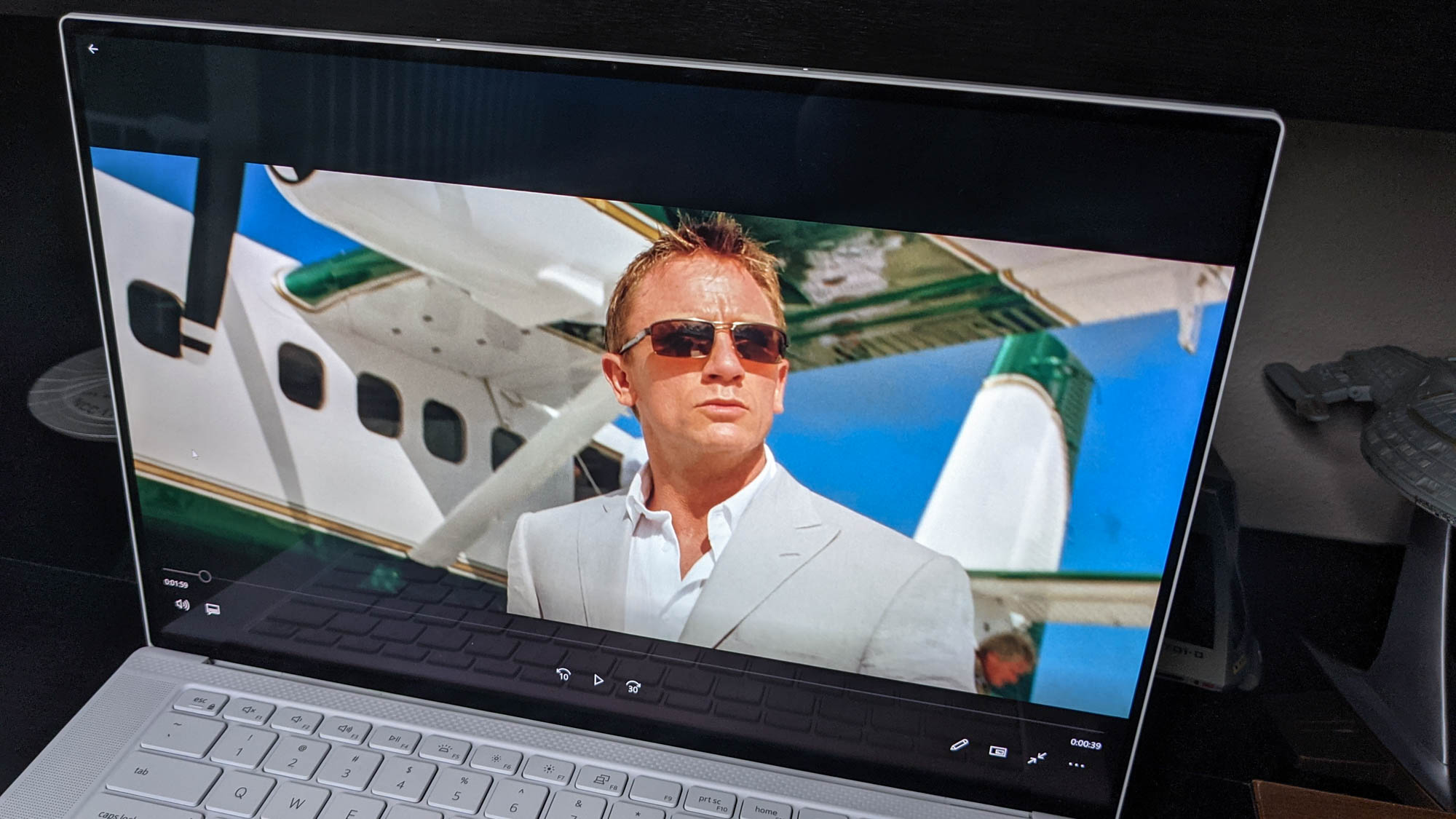
Pros: The Dell XPS 15 can be specced up to be a serious powerhouse depending on your needs, all while coming in at a smaller size than most of its 15 or 16-inch competitors. Regardless of which option you choose, the display is gorgeous with its virtually bezeless design, and the laptop itself features a subtle and timeless look.
Cons: While the Dell XPS 15 may start at $1,299, most people are going to want to look at models at around the $2,000 mark depending on their needs. If you really want to spec it out, you will end up spending close to $4,000.
Read our full Dell XPS 15 (OLED, 2021) review
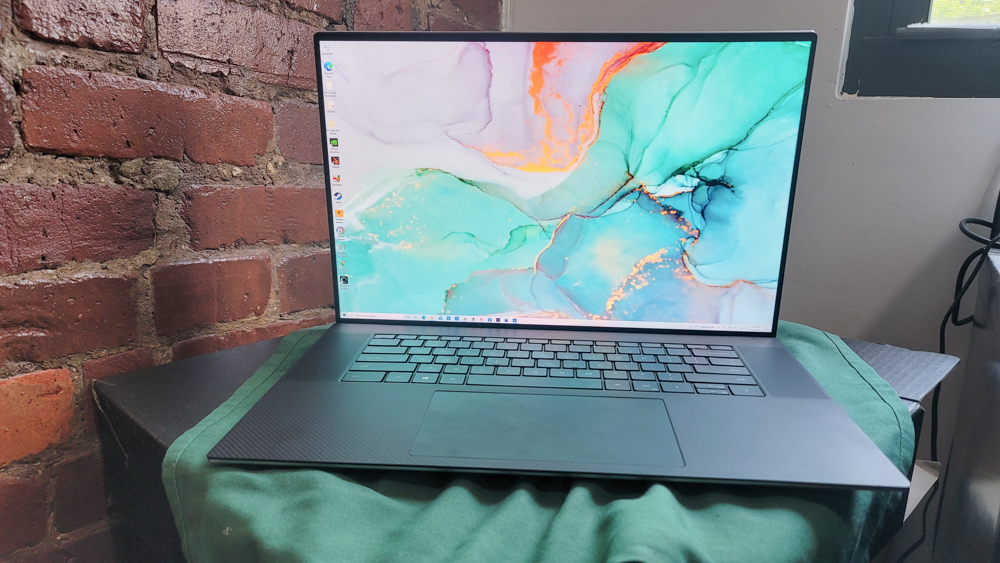
Making its triumphant return after nearly a decade, the Dell XPS 17 was a pleasant surprise in 2020 and it got even better in 2021. While it still has a massive screen, thanks to design improvements, it isn’t the unmanageable beast 17-inch laptops once were.
Inside the XPS 17 are Intel 11th Gen Tiger Lake processors from a Core i5 up to a Core i9 at the top end. While it starts with Intel Iris Xe graphics, you can spec that up to an Nvidia GeForce RTX 30-series GPU if you have more demanding needs. Similarly, you can go from 8GB all the way up to 64GB of RAM. If you opt for the power-hungry 4K display set your expectations properly as it only lasted 7 hours in our Laptop Mag Battery Test, hours short of what we expect from a premium laptop.
While options like the MacBook Pro 16 and LG Gram 17 are going to be a better fit for some users, if you’re looking for the Cadillac of premium laptops, you’ll be hard-pressed to outdo the Dell XPS 17.
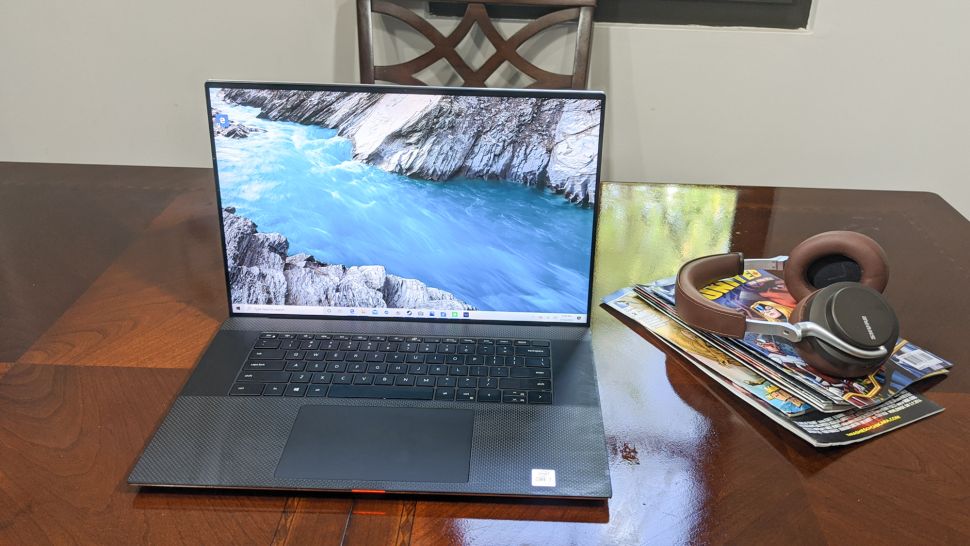
Pros: If you prefer to avoid an external display or simply want an expansive workspace on the go without weighing yourself down, it is going to be hard to beat the Dell XPS 17. It offers high-end performance with strong battery life (non-4K models) and a fantastic display.
Cons: Much like the Dell XPS 15, we would shy away from the base model and upgrade to at least the GeForce RTX 3050 GPU option along with 16GB of RAM.
Read our full Dell XPS 17 (2021) review

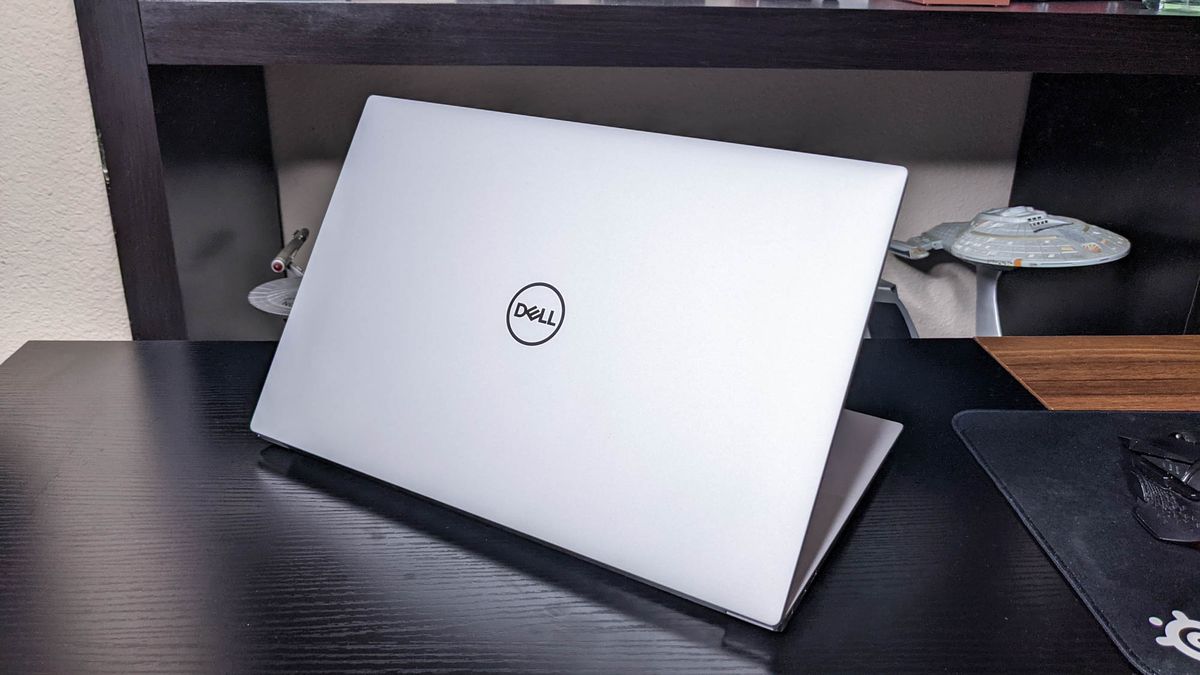


![W88 [Rủi Ro Khi Chơi Nổ Hũ: Lưu Ý Quan Trọng Nhất Cho Người Chơi]](https://theskil.com/wp-content/themes/rehub-theme/images/default/noimage_336_220.png)

